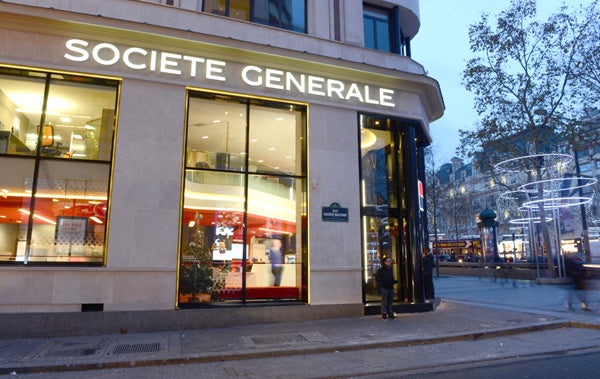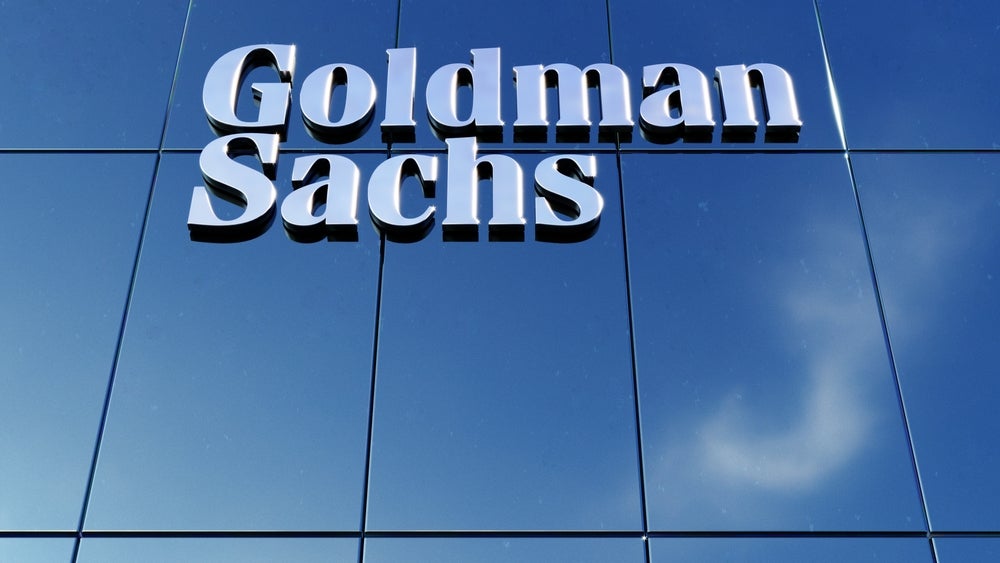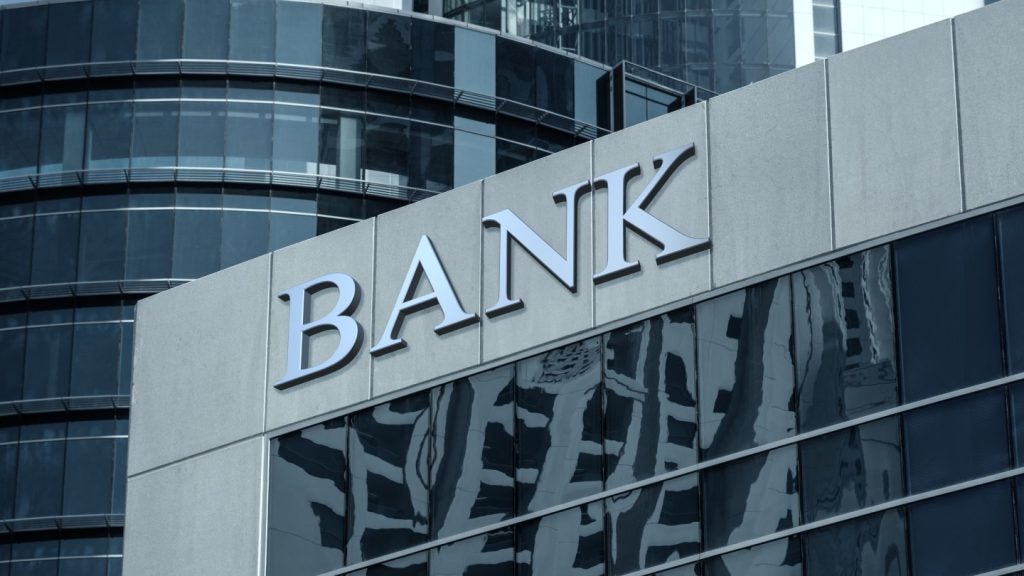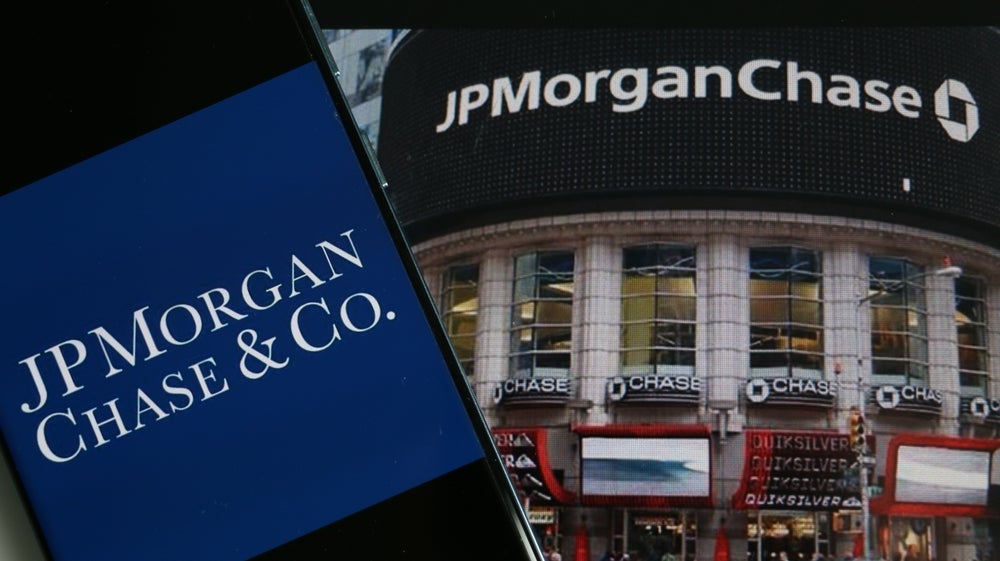
French banks are struggling to restrain their rising the costs as profitability slides. Mohamed Dabo reports
The profit margins of banks in France and across Europe remain at historically low levels. The Covid-19 pandemic aside, the reason is simple: costs have been growing faster than revenues. Banks’ average return on equity has fallen to unsustainably low levels.
Banks are desperate to increase their profit margins. However, boosting revenue in the current environment has proved difficult.
By all indications, unfortunately, the trends of rising costs and stunted revenue growth are likely to continue. This is due to several factors.
Inflation is expected to be 2%, on average, in Europe and in the US through 2022. Nominal annual wage growth is expected to run above its subdued postcrisis levels, at about 3%.
Hence, short of any structural changes, banks’ staffing and other costs are likely to continue rising in the coming years.
How well do you really know your competitors?
Access the most comprehensive Company Profiles on the market, powered by GlobalData. Save hours of research. Gain competitive edge.

Thank you!
Your download email will arrive shortly
Not ready to buy yet? Download a free sample
We are confident about the unique quality of our Company Profiles. However, we want you to make the most beneficial decision for your business, so we offer a free sample that you can download by submitting the below form
By GlobalDataThe challenges of finding additional sources of revenue
Retail banks are having difficulty developing new sources of revenue and improving cost management.
Under pressure, the NBI (net banking income) of French retail banks began to contract nearly a decade ago. This trend has proved difficult to reverse.
These difficulties are linked in particular to:
- the fall in rates which reduces intermediation margins, one of the main components of retail banking income, which is inserted between economic agents with resources and those in search of resources
- the advance of digital which has the effect of emptying agencies (- 5% to 6% per year), whose fixed costs remain, and giving rise to a multitude of competitors (Fintech, etc.)
- limited progress in cost management, despite the efforts made, particularly at the network level.
To halt the decline of retail banking, the brands use three levers:
- the closing of branches
- the increasing digitisation of their activities
- management efforts that will destroy jobs in certain banking networks.
Dependent upon the current situation of any given bank, the pressures to maintain and grow revenues may lead to numerous outcomes. Of course, not all these options are equally desirable.
Acquisition is one method of growth, but not all banks are in a position to utilise this tactic.
Other banks may be facing the option of cutting expenditures to compensate for the losses in revenues.
Lastly, banks will likely look at any and all opportunities for increasing revenues
Pressure grows on banks to cut costs
Retail banks are now facing increasing pressures on their business model which requires a new approach to their transformation. Although these pressures are likely to continue, the banks do have many opportunities to reduce their costs.
French retail banks are today, (with their German counterparts), those whose operating ratios (charges operating ratio relative to GNP) are the highest in Europe.
This is a fundamental trend. Since 2016 the banks of these two countries are the only ones in Europe to have seen their cost/income ratio continue to deteriorate.
The other countries have seen their banks undertake major cost reduction projects to reduce operating ratios.
Two of France’s biggest banks, Société Générale and BNP Paribas, are taking major initiatives to reign in their costs of doing business.
Société Générale revamps its retail banking in France
In December 2020, Société Générale initiated the reorganisation of its retail banking in France via a merger project between the brands of Crédit du Nord and Société Générale.
The merger should allow a net reduction in the cost base of more than €350m in 2024 and of around €450m in 2025 compared to 2019, Société Générale said.
The group plans to increase the number of branches from around 2,100 at the end of 2020 to around 1,500 by the end of 2025.
The combined entity between Société Générale and Crédit du Nord aims for a return on normative equity within the framework of Basel 3 of around 11% to 11.5% in 2025.
Ramping up Boursorama
In addition to the merger of the two retail banking networks, Société Générale is also counting on strengthening the development of its online banking subsidiary Boursorama.
The seventh largest in Europe, or seventeenth by market capitalisation, Société Générale now aims to reach more than four million customers in 2023 and 4.5 million in 2025.
The accelerated phase of acquiring new customers until 2023 will cause a cumulative loss of around €230m over the period, says Société Générale.
BNP Paribas is banking on a gradual reduction of the cost of risk
The cost of risk increased by a total of €2.5bn in 2020 to reach €5.7bn.
This increase primarily affected corporate and investment banking activities (+1.085 bn) and financial services to individuals (consumer credit and leasing, +642m).
For 2021, BNP Paribas is counting on “significant progress”, declared the managing director, Jean-Laurent Bonnafé, during an online press conference, without however giving quantified forecasts.
This improvement should be based on the economic rebound expected from the second half of the year, which would allow the cost of risk to fall to a level “close to the cycle average”, i.e., 50 to 55 basis points, and “moderate” revenue growth.
Management costs should remain stable.
Because boosting revenue in the current environment will be difficult, French banks must slash their costs. This will require simplifying offerings, digitising operations, pursuing low-cost organic growth, and building scale through M&A and partnerships.







